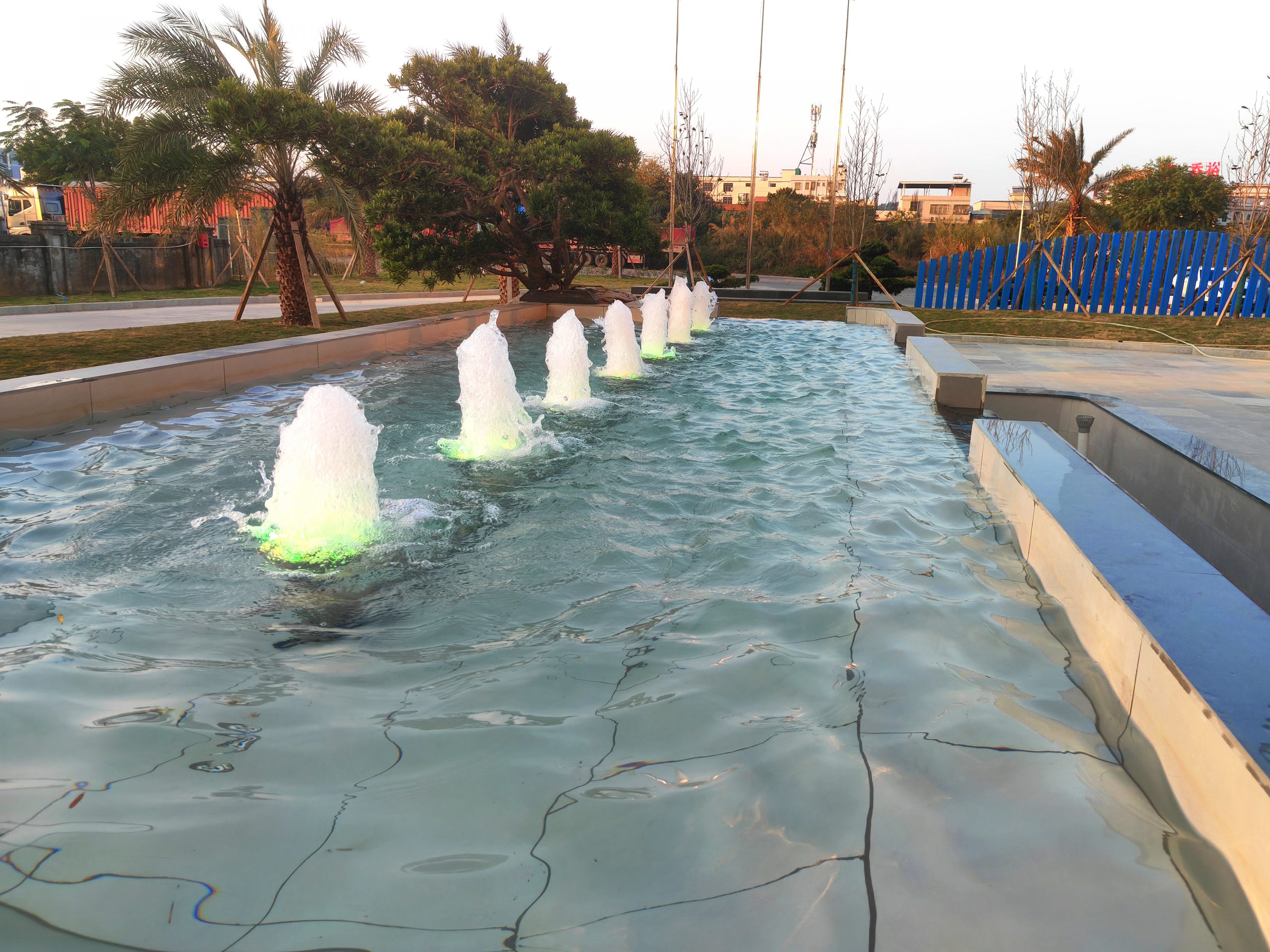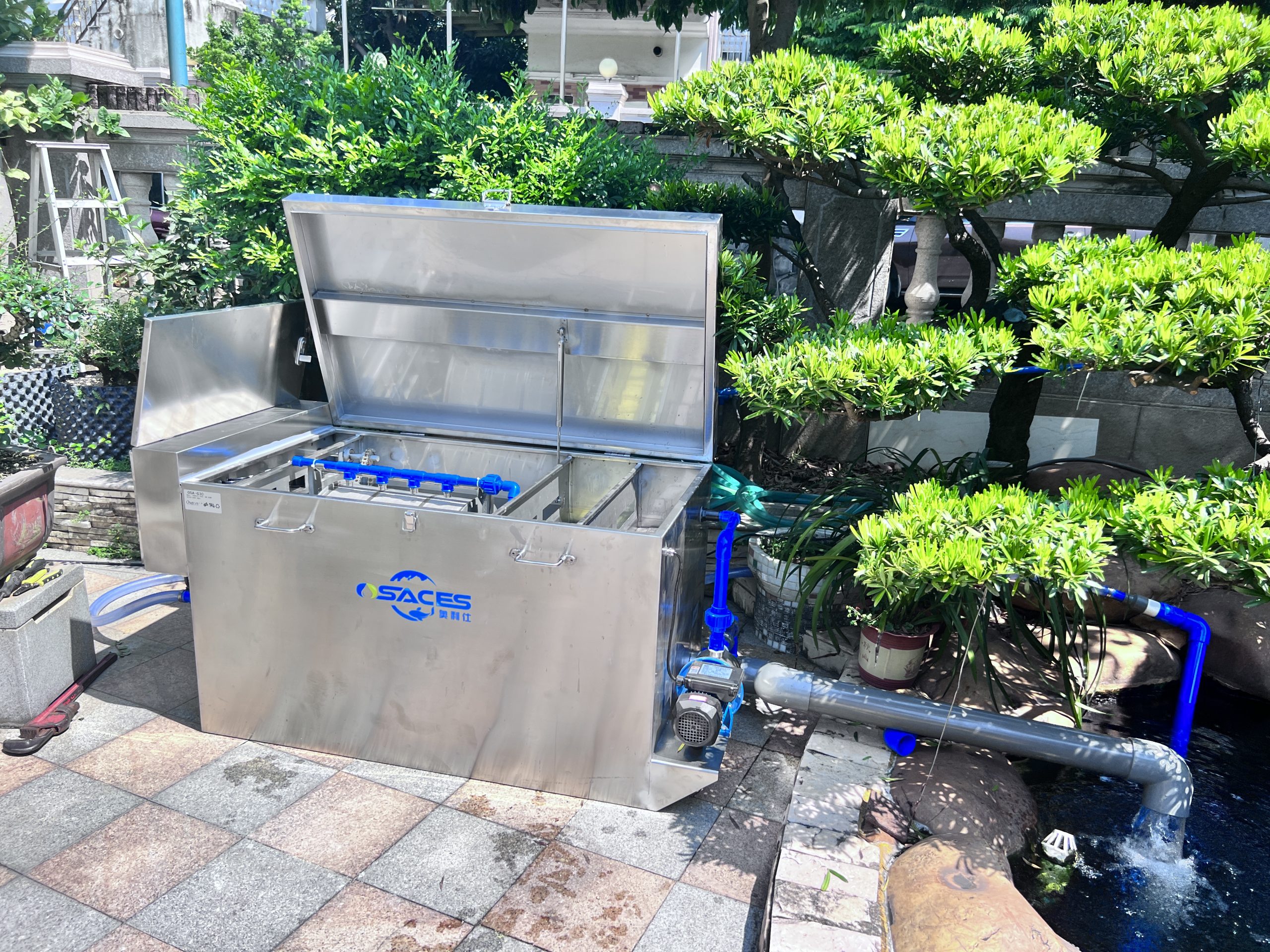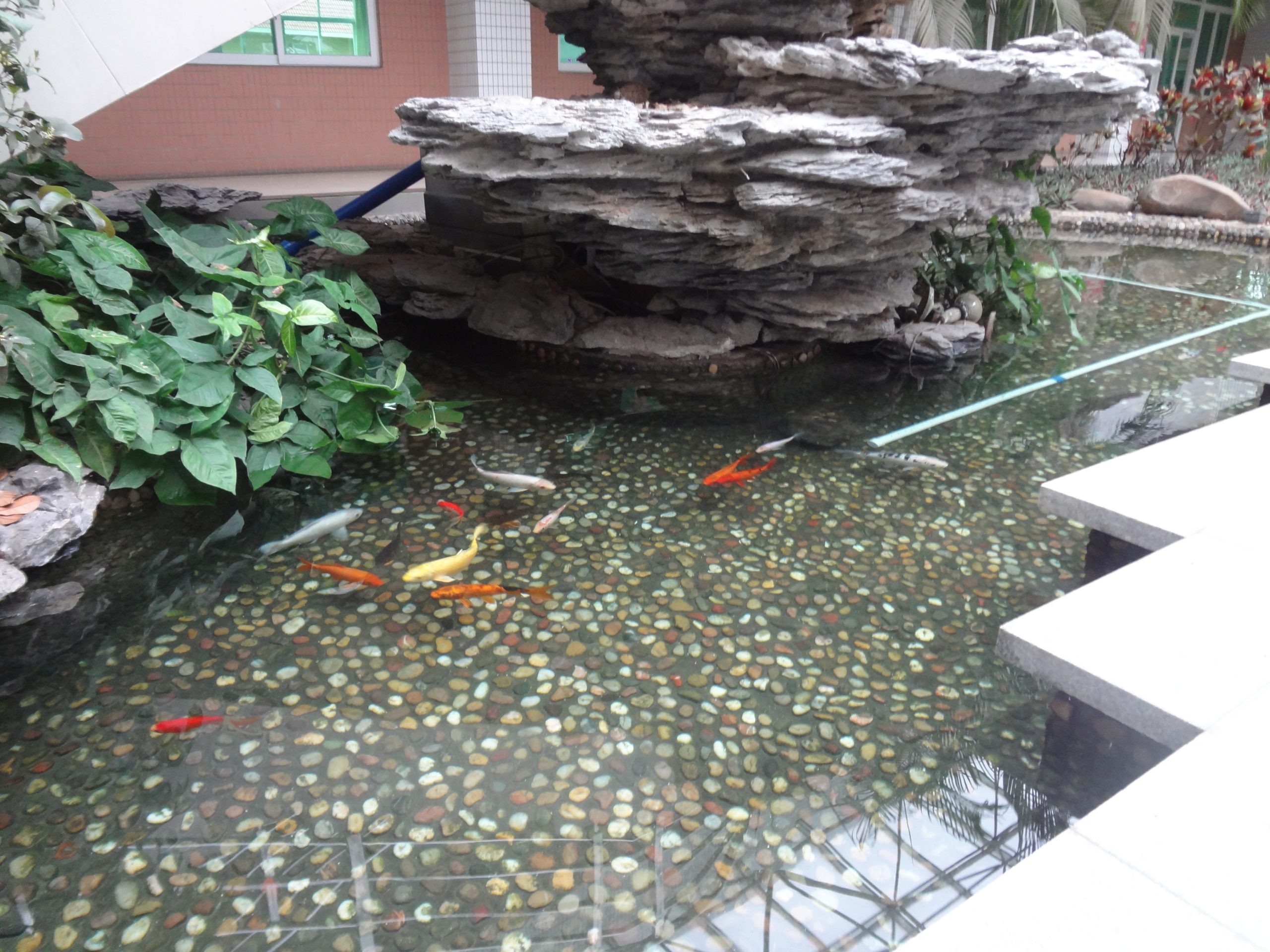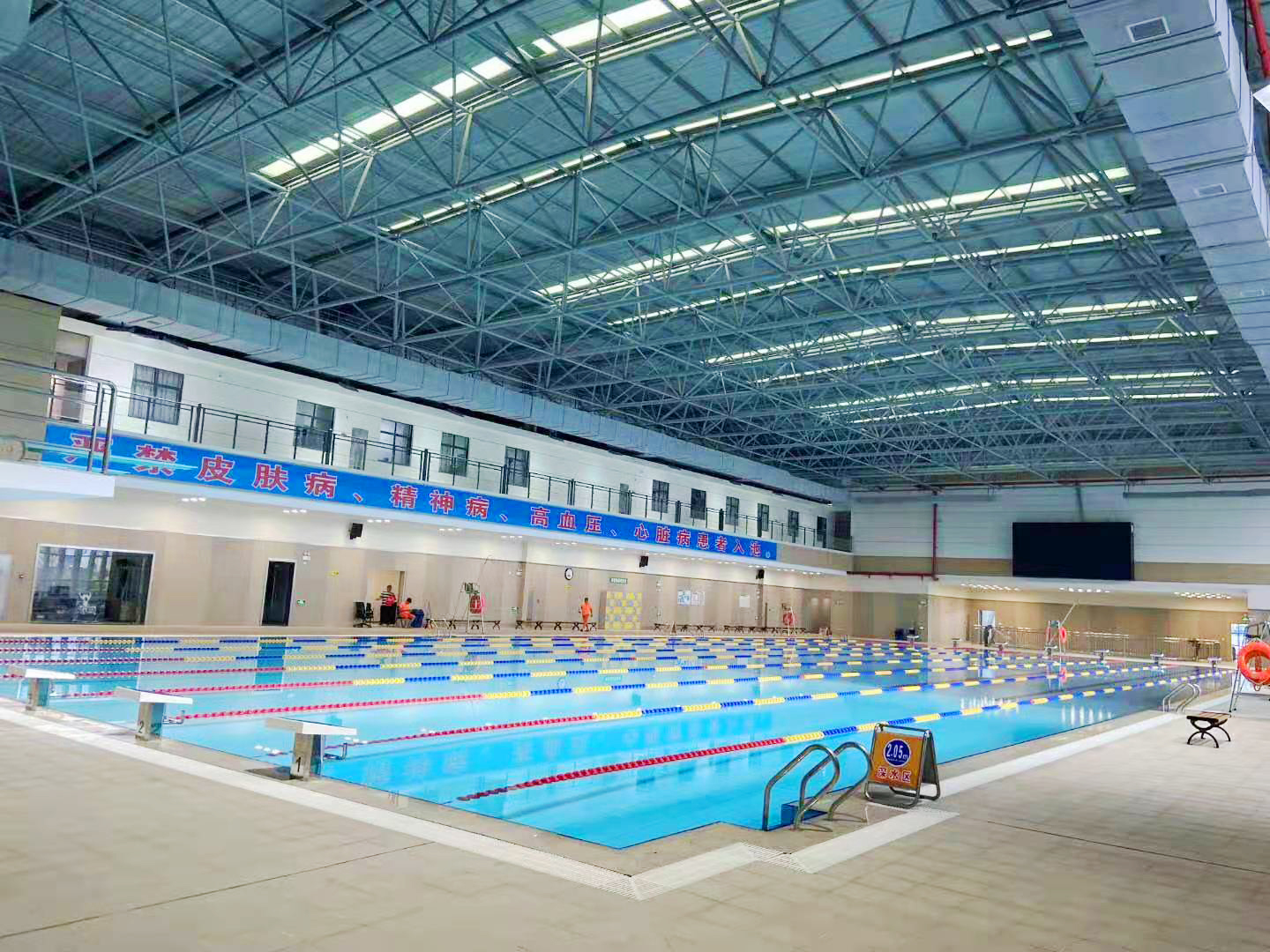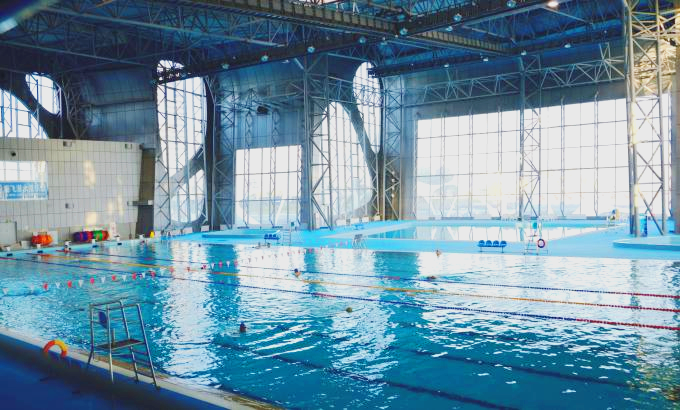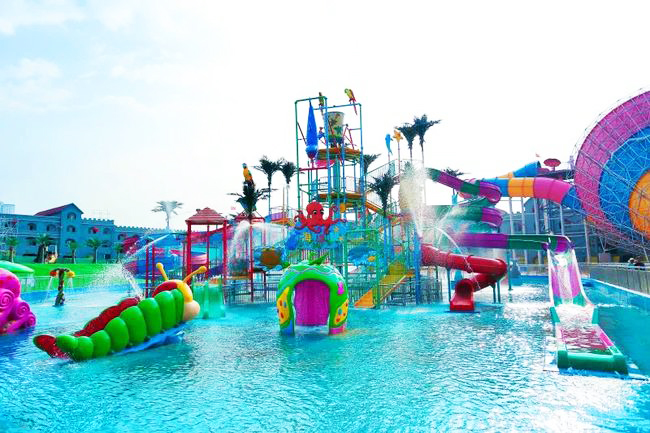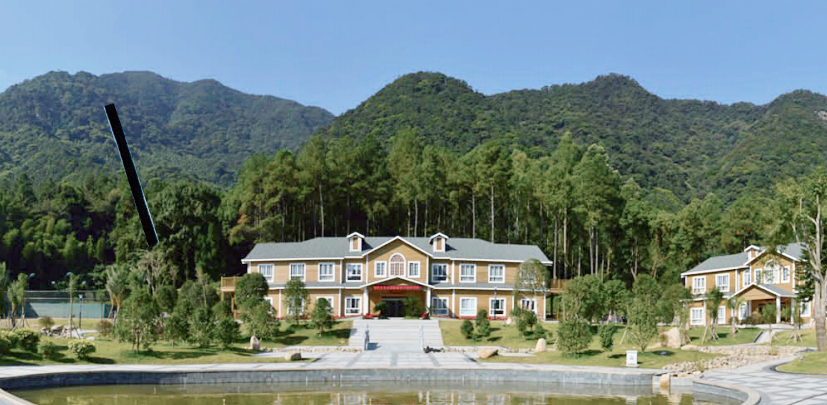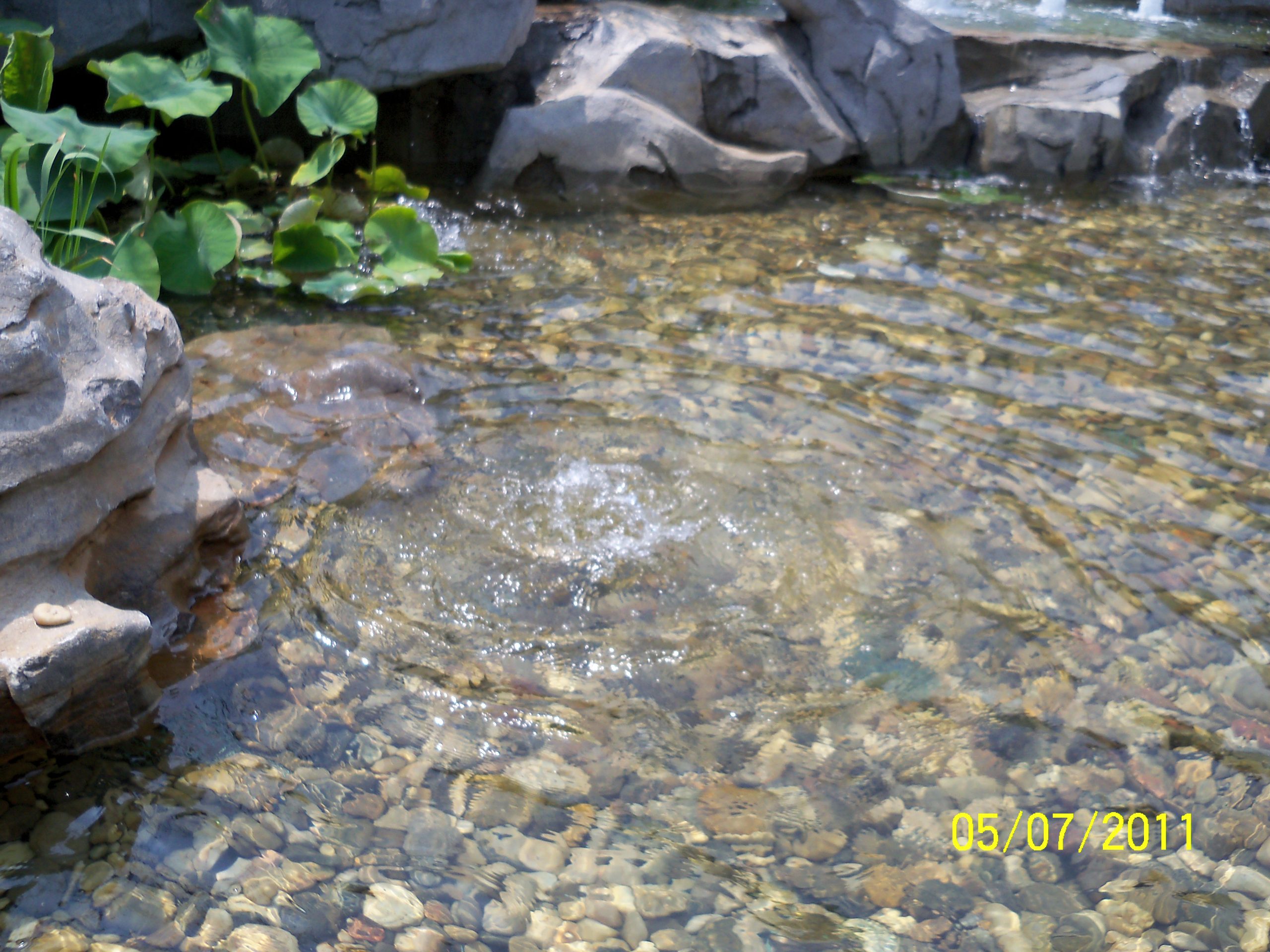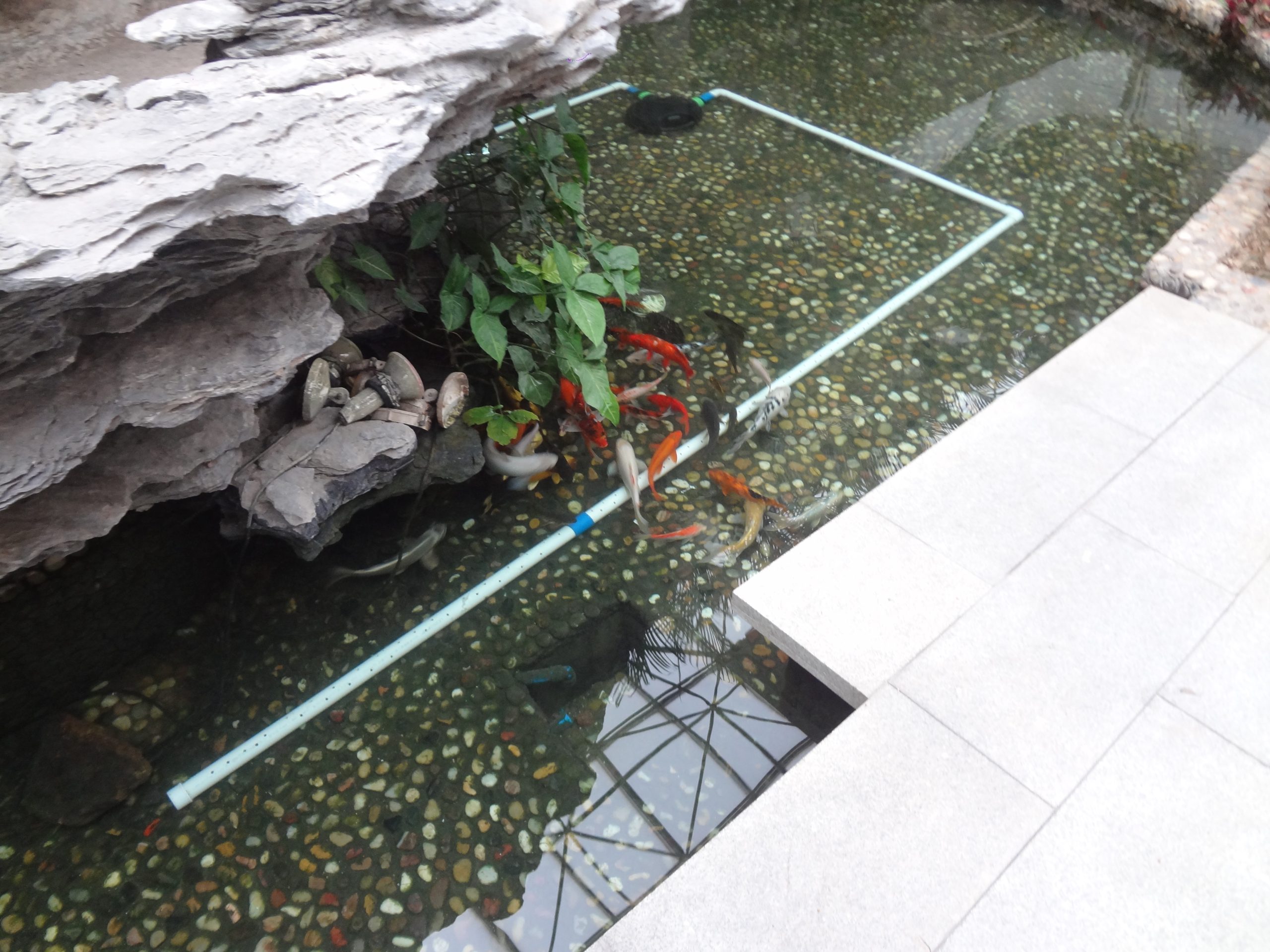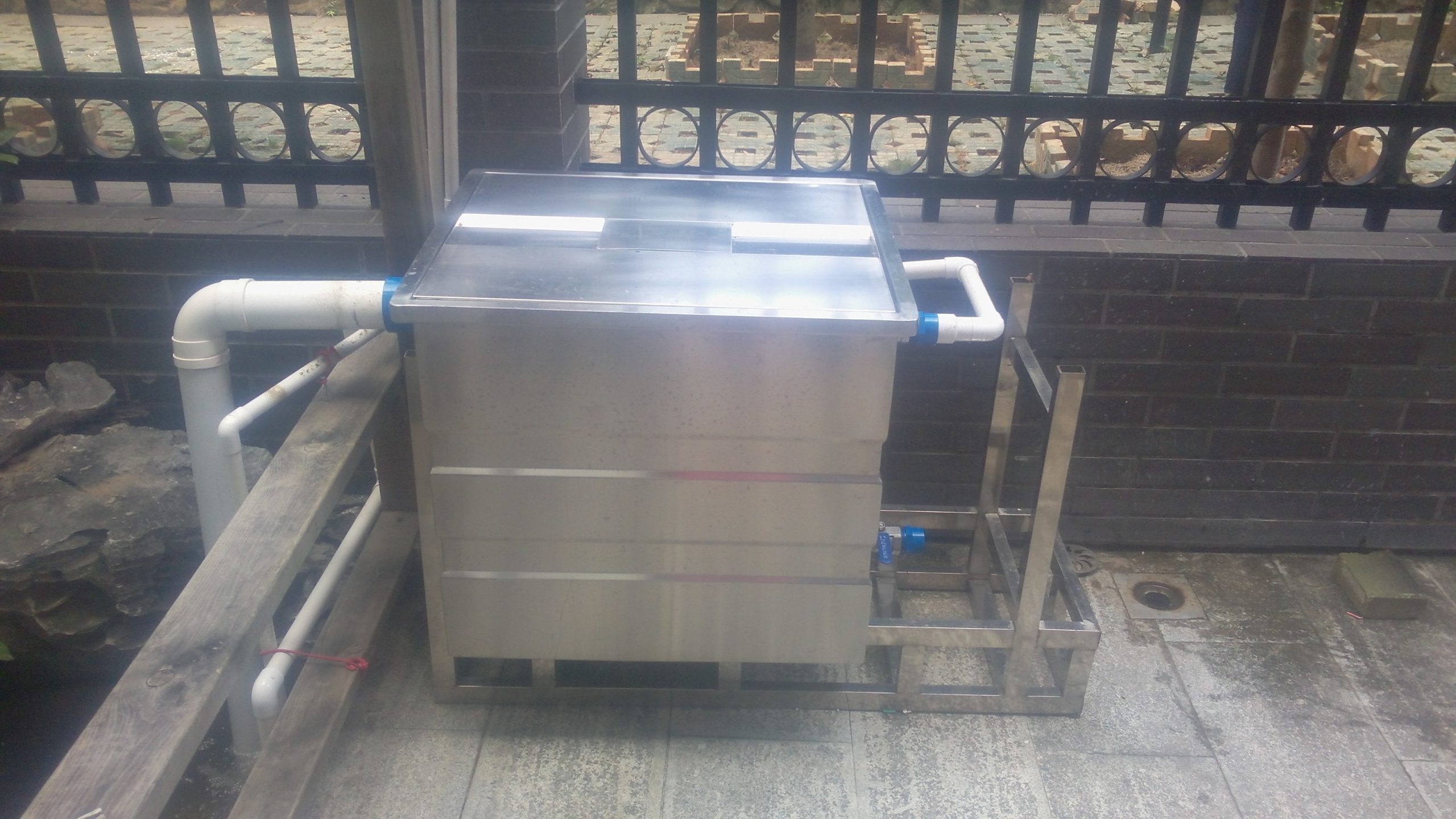common problems
contact details
 Ollies (Guangzhou) Recreation and Sports Equipment Co.
Ollies (Guangzhou) Recreation and Sports Equipment Co.Tel: (020) 82686289
Fax: 020-82694853
Headquarter: No.31-37, Xincun 2 Road, Shangjiang North Street, Dongzhou Village, Xintang Town, Zengcheng City, Guangzhou, Guangdong, China
Koi precautions during the rainy season
April is here, can the rainy season be far behind?
Throughout the year, koi are most susceptible to illness during the rainy season, when water temperatures are just right for parasites and pathogens, and with the wide variations in water quality caused by the fish, it's a tough battle, and we should be prepared for it in every way!
Why are koi prone to disease during the rainy season?
①The water temperature during this season is the water temperature where parasites and bacteria can easily multiply.
② Because of rainfall, the water temperature tends to change.
(iii) Acid rain, which has been much publicized in recent years, also tends to make the waterPHThe value changes.
④The vegetative plankton of green algae reproducing in the pond often die because of rain, and the dead body is decomposed by bacteria, etc. While decomposing, a large amount of oxygen needs to be consumed, resulting in a sharp drop in the concentration of oxygen dissolved in the pond water, which causes hypoxia in koi.
Because of the above, it's safe to say that the rainy season is a time of suffering for koi.
Pay particular attention to gill disease
A common disease that has to be watched out for at this time of year is gill disease. There are many cases of late detection of gill disease, and by the time it is detected, the disease has already progressed to a certain point, making it sometimes too late to treat it. Generally speaking, gills are an easy place for parasites or bacteria to get infected. Because the gills are a respiratory organ that can effectively draw in dissolved oxygen from the water, and have a complex structure like a filter, when parasites or bacteria in the water are drawn in by the gills, they will attach to the gills and multiply. When most parasites are attached to the gills, the fish will secrete a lot of mucus to protect the gills.
If you look at the gills at this time, you will see that the gills are thickly covered with mucus, and usually when mucus is overproduced, sometimes the fish will die of respiratory distress. There are many blood vessels in the gills to transport inhaled oxygen to the body. Fish infected with gill disease may become anemic due to bleeding in the gills caused by the parasite, and the gills may turn a light pink color.
In fact, gill disease is often caused by a combination of bacterial and parasitic infections, which makes the treatment of gill disease more difficult. Therefore, a mixture of anthelmintic and antimicrobial agents must be used in the treatment, and the dosage should be according to the quantity of each agent.
Better health management
① Pay attention to the time of putting in feed. Since the digestive ability of koi is directly proportional to the water temperature, feeding should be avoided especially when the water temperature starts to drop. Water temperature can drop due to rainfall, and feeding should be avoided when it rains during the rainy season.
② In order to maintain the good health of koi, it is necessary not to stress them, and it is necessary to feed them feeds with added infection prevention and stress reduction ingredients, which can be mixed into the previous feeds.10~20%A new feed that will have the same effect is commercially available with fortified vitamins and stress-reducing ingredients.
③ For pools prone to green algae growth, it is best to ask a professional for countermeasures. Sudden death of green algae due to rainfall can also causePHDramatic changes in values and hypoxia.
④ As a preventive measure against parasites (anchor worms, fish lice), splash commercially available deworming medicines at two-week intervals.
If you can get through the difficult rainy season, summer management becomes relatively easy.
Related content
- Don't let rotting tails affect the koi's aesthetics
- What kind of water is good for fish? Talking more about green water for fish
- What to do if the water in your fish pond is unclear? How to keep the water fresh and clear
- Are you ready for the golden age of koi growth?
- What causes new koi to get sick easily?
- Case Sharing--Foshan Shunfeng Mountain Park 3600 square meters landscape pool purification project
- Case Sharing||Huizhou-- Intelligent Terminal Beidou Industry Production Project Fountain Fish Pond Purification Project
- Guangdong Guanyinshan National Forest Park 300m³ landscape fish pond purification project

